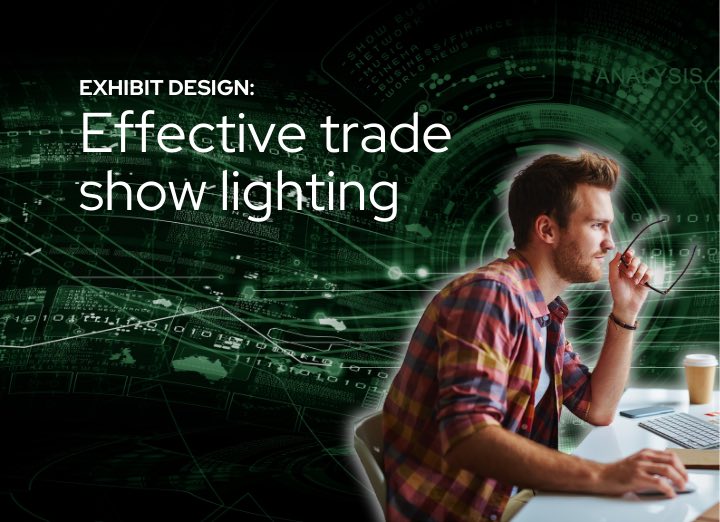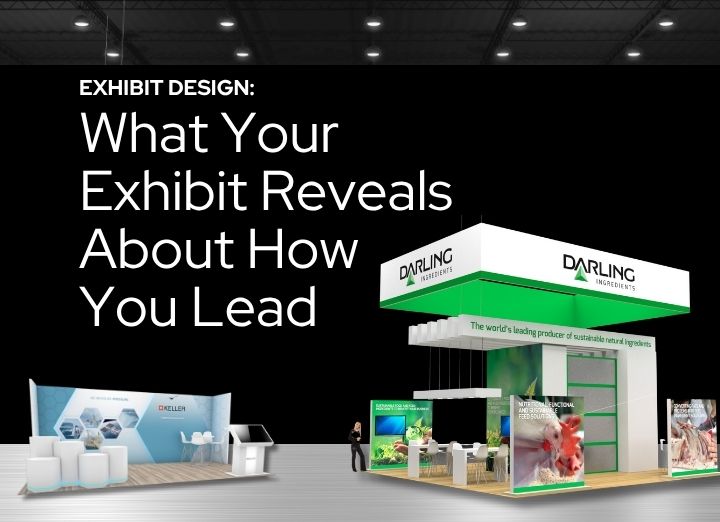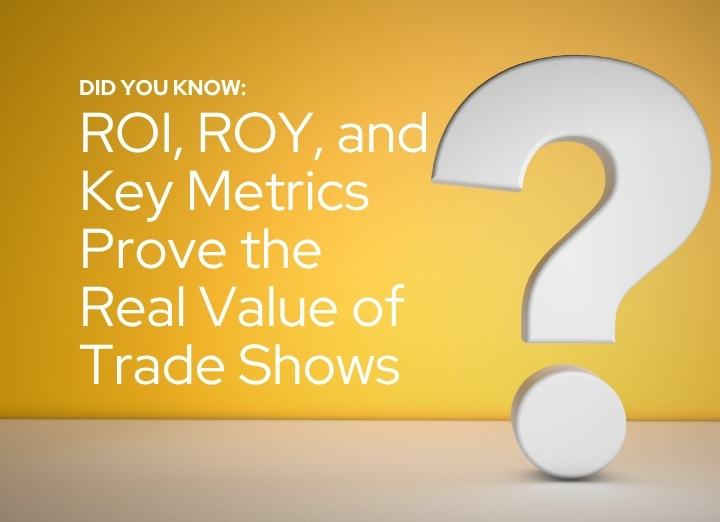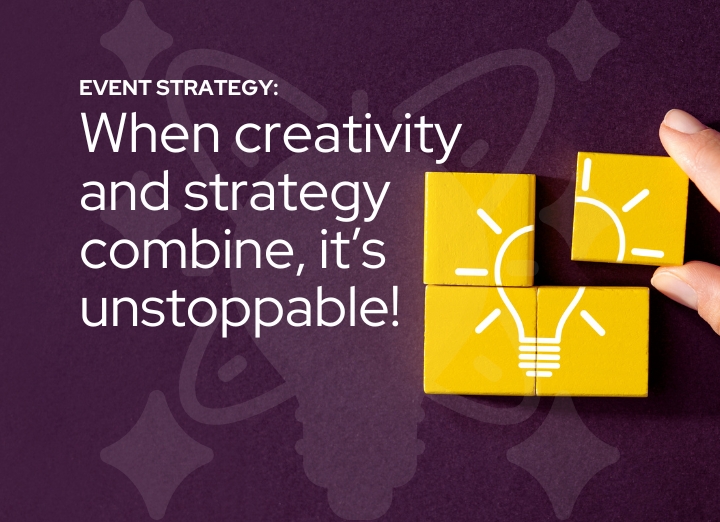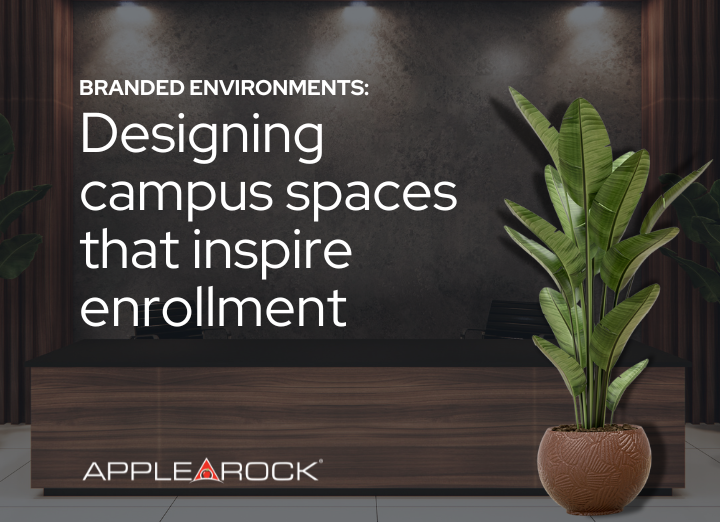The way in which you illuminate your trade show exhibit can make a significant difference in your level of success. In fact, lighting is one of the most important aspects of your display. Good lighting can enhance your organization’s image and attract more customers, while highlighting products, as well as graphics. The following points will clarify the basics of trade show lighting techniques.
First of all, you must determine what type of mood and message you want to convey, as well as which aspects of your exhibit you want your customers to focus on. Once you know these things, you can decide which lighting techniques will fulfill your objectives. For example, you can use bright, vibrant lights to create a sense of energy and liveliness in your exhibit. Or, you could use soft, glowing lights to create a relaxed feeling that may be more conducive to customers’ comfort levels. To focus on certain objects, you can utilize spotlights. Another method that will draw attention to an object is using colored lights (or gels) that match the color of the desired focal point. This usually leads peoples’ brains straight to the object you are trying to emphasize. There are ways to convey a specific message using lights too. If you sell furnaces or tanning beds, you will want to use yellow and orange lighting to create a sense of warmth. If you sell flashlights, you will want your lighting to be as bright and full as possible. These are just a few examples of product specific lighting that may help you generate more leads.
There are many variables that come into play when setting up lights for an exhibit. You must consider color, intensity, direction, size, distance, and quality when planning how to light your display. Your promotional goals, exhibit configuration, and space also affect your lighting decisions. Furthermore, you must consider the financial and environmental impact of your lighting. LED lights require less energy than most other lights, making them more eco-friendly and inexpensive in the long term.
Unless you need to limit your lighting to set a calm mood, a general rule of thumb is that the brighter your lights are, the more attention you will receive. However, be careful not to blind your potential customers. Make sure that your budget can absorb the electricity costs for every event you participate in. Every additional light will add a couple dollars to your utilities fees. Also, check with the trade show facility technicians to see if there will be enough electricity supplied to your area to run all of your lights (don’t forget that monitors and computers eat up electricity too).
Great lighting will increase booth traffic and create more leads. But don’t forget that a lack of lighting in some areas can have an equivalent impact upon customers. Casting shadows on certain objects or creating silhouettes could potentially draw more attention than the brightest lights money can buy. Before you purchase expensive lighting, make sure you can justify your expenditures with a significant return on investment. It is likely that you will generate more leads with superior lighting, but double check to confirm you are making a financially sound decision.
